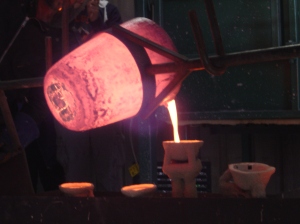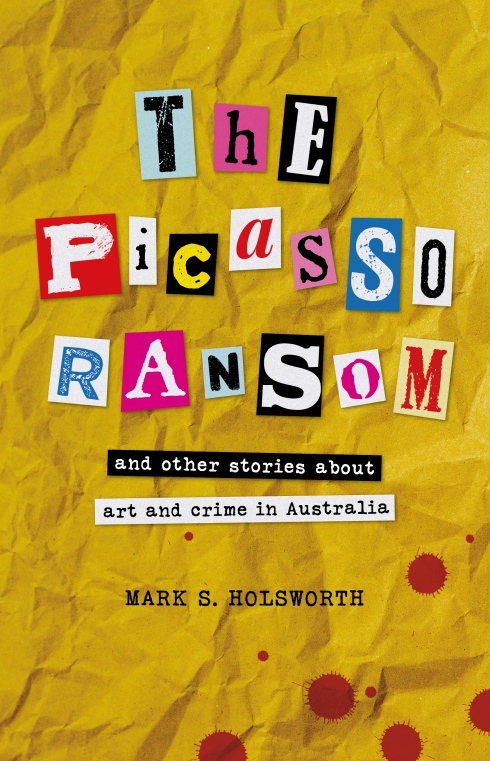I’ve been exploring Geelong and visited the Geelong Gallery and saw some public sculptures and street art. Most of it was located around the Lt. Malop Street area, Geelong’s cultural zone.
Geelong Gallery needs both more space and a more substantial permanent collection. So it is very dependent on its current temporary exhibitions. When I visited, there was a temporary exhibition of John Nixon’s minimalist prints and an exhibition by women artists from the Aṉangu Pitjantjatjara Yankunytjatjara Lands (APY) focused on the Kungkarangkalpa (Seven Sisters, the Pleiades) story. (Curiously, they identify the same stars as sisters as did the Ancient Greeks.)
The permanent collection consists of Fredrick McCubbin’s Bush Burial, a Eugene von Guérard, a Jan Senberg, a Gordon Bennett and a couple of other paintings. The exhibition space for the permanent collection consists of one large room for paintings above one small room for ceramics, in between, on the landing, some nineteenth-century marble statues. These included one from Charles Summers’s studio in Rome; I will return to Summers, who believed he was Melbourne’s answer to Michelangelo, later in this post. It is commendable that Geelong Gallery has both a community gallery space and a learning space, as these spaces are much needed in regional galleries.
Mark Stoner’s North, 2000, has an ideal, site-specific installation. It’s large sculptural sails or fins forms are a waterfront landmark. Stoner is a Melbourne-based artist whose sculptures are like landscapes. He has public sculptures in Melbourne’s Victoria Harbour and other locations in Melbourne and Geelong.
What most of Geelong’s public sculpture lacks is site-specific installations. Some of it has been dumped in Geelong, like Charles Summers’s marble statue of the future King Edward. It was originally part of a set of sculptures of the royal family adorning the NGV when it was first located in the State Library. Nobody wants them now; Edward looks awkward in his ceremonial pantaloons and stockings. I’m unsure where they all are, but some are now at the Melbourne Show Grounds.
There is also an older generation of public sculptures along the Geelong foreshore with an appreciation for their location. Jan Mitchell painted bollards and the little bronze men or gnomes of the Poppykettle Fountain by D.G. in 1980.
Some bronze cranes were imported to Geelong in the 1880s and relocated to the Botanic Gardens in the 1970s (a few others scattered around the Geelong foreshore). They are from a time when public sculpture was donated by local plutocrats rather than commissioned and curated.
More recent public sculptures in Geelong include a collaborative work with a nautical theme by Julie Collins and Derek John. And Louis Laumen’s The Newsboy (the third statue of a paperboy I’ve seen in an Australian city after Philip Cannizzo’s in Caulfield Park).
Finally, the street art in Geelong’s city centre consists of a few pieces commissioned by Manda Lane, VKM, and Baby Guerrilla. The community colour-in-paste-up by Manda Lane, who usually works in black or white, is a fun, collaborative piece. Otherwise, there is one service lane off Lt. Malop Street with a few pieces. It is mainly by a local artist, Glummo, who repeats his glum character at various scales, from whole buildings to small paste-ups. Why is his character so glum? Do you know someone from Geelong?





































